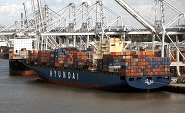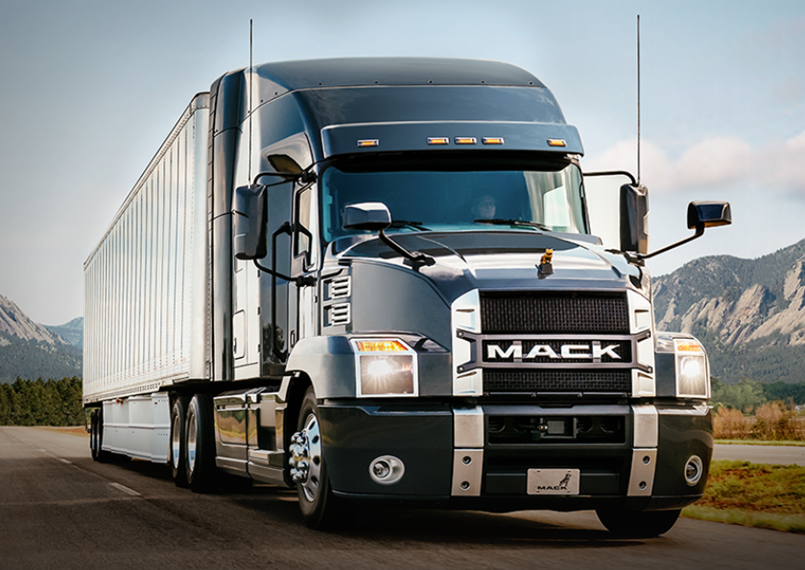Shipping and Logistics

Trade War Shifts Market Share Among Ports
Written by Sandy Williams
July 27, 2019
Canadian ports in the Pacific Northwest have benefited from the U.S. trade war with China. Vancouver and Prince Rupert have seen combined market share for regional imports and exports increase from 59 percent in 2014 to 62.3 percent in the first half of 2019, according to JOC.com.
The port at Seattle-Tacoma saw exports from the U.S. plunge by 12 percent due to Chinese tariffs on agriculture, forest and refrigerated products from the U.S., said Don Esterbook, deputy CEO of the Northwest Seaport Alliance.
Canada’s Pacific Northwest historically sees a bump in cargo when congestion is bad at the Ports of Los Angeles-Long Beach, but now with import tariffs in the United States it can be cheaper to ship cargo directly to Canadian ports.
“We have the capacity,” said Esterbook. “And it’s the ease of doing business here, with less than 48-hour dwell times.”
Intermodal transportation through the Canadian ports is also cost effective. In a 2018 study, Northwest Seaport allowance found savings to be at $400 or more for containers shipped by vessel from Asia and sent along on intermodal rail to Chicago.
“Lower intermodal rates charged by the Canadian railroads to the Chicago hub, and the U.S. harbor maintenance fee on imports, give a clear advantage to the Canadian ports,” said the Alliance and JOC.com.
On the East Coast, the Port of New York/New Jersey has moved into second place behind the Port of Los Angeles for busiest container port, thanks to U.S. trade wars. PNYNJ reported a May year-to-date count of 3,041,814 TEUs, 33,346 more TEUs than the Port of Long Beach.
The East Asian container import value through the Ports of Los Angeles and Long Beach combined declined to 51.7 percent in May, compared to 56.3 percent a year ago, says the Pacific Merchant Shipping Association.
“The two Southern California Ports of Los Angeles and Long Beach are bearing the brunt of the impact of tariffs and trade tensions between the United States and China,” said PMSA senior economist Jock O’Connell in an interview with the America Journal of Transportation. “There is also a shift in the trade from higher cost manufacturing in China and East Asia and toward lower cost manufacturing in the Indian Ocean that includes India, Pakistan, Bangladesh and East Africa. These countries have shorter shipping routes to U.S. Atlantic Coast ports such as New York/New Jersey, Charleston, Savannah and Gulf ports such as Houston.”

Sandy Williams
Read more from Sandy WilliamsLatest in Shipping and Logistics

Wittbecker on Aluminum: US-China trade war clobbers cross-Pacific trade
Container shipping lines have sharply increased blank sailings on Transpacific routes in response to escalating trade tensions between the US and China.

Volvo plans to lay off up to 800 workers at US truck plants
The company cited uncertainty about freight rates and demand, regulatory changes and the impact of tariffs.

Trump signs executive order aimed at making US shipbuilding ‘great again’
President Trump on Wednesday signed an executive order meant to breathe new life into American shipbuilding and curb Chinese dominance in the sector.

Great Lakes iron ore trade fell again in March
Recall that shipments also saw a sharp decline in January.

Longshoremen ratify contract with maritime alliance
Nearly 99% of ILA members voted in favor of a new labor deal with the United States Maritime Alliance that covers workers at ports on the Atlantic and Gulf coasts.
